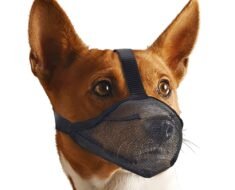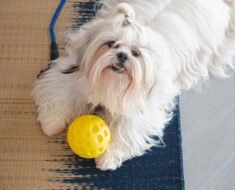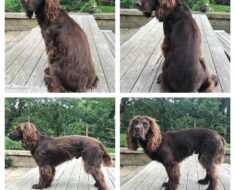Heading to a dog park can be exciting for both you and your furry friend. But those first greetings with other dogs can sometimes turn tense and lead to scuffles.
You want your dog to make friends, not enemies, right? Knowing how to manage these initial encounters can make all the difference in keeping your dog safe and happy. You’ll discover simple, effective steps to help your dog greet others calmly and confidently.
Keep reading—your next trip to the dog park could be a much smoother experience for both of you.
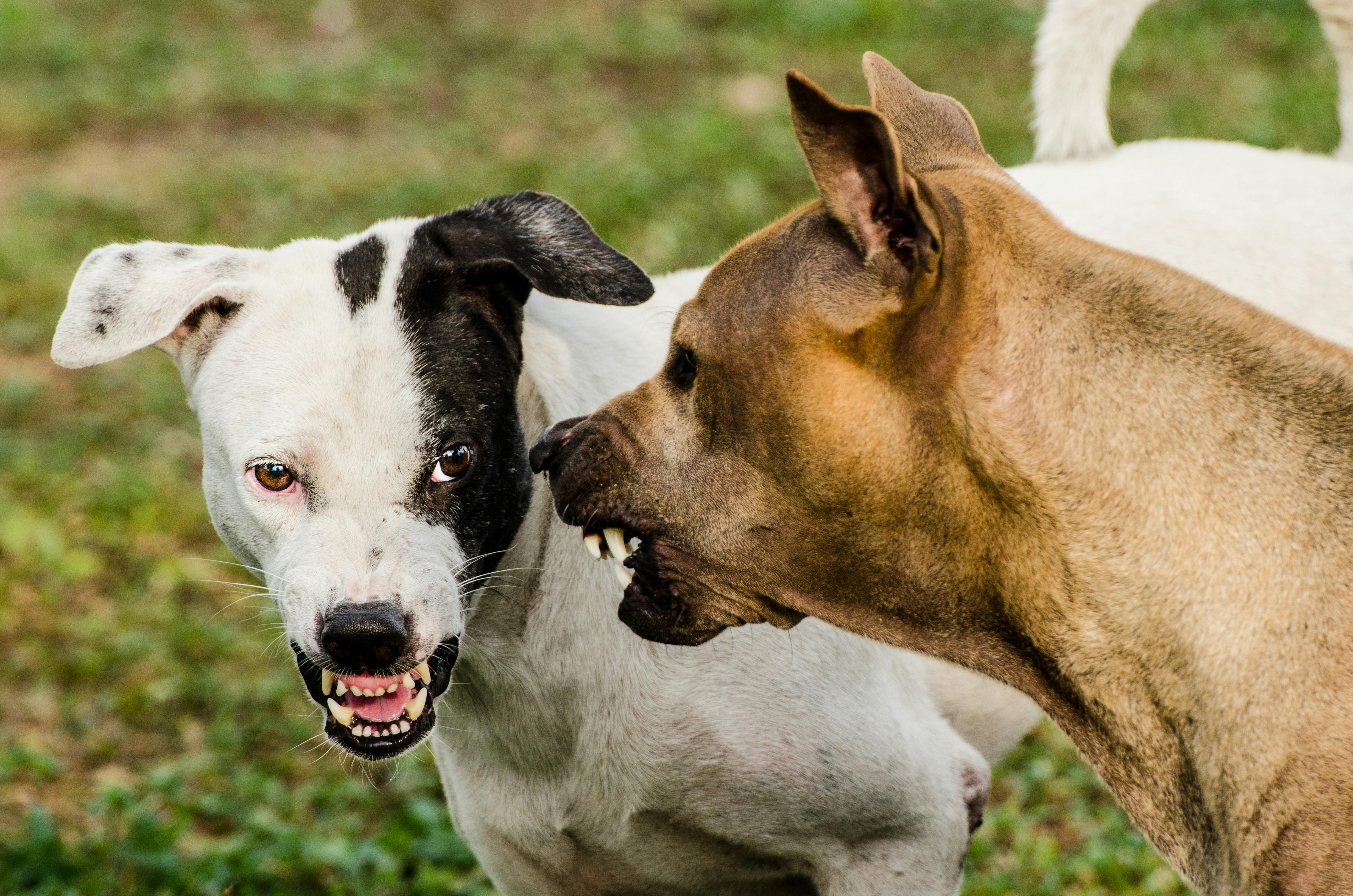
Credit: positively.com
Choosing The Right Dog Park
Choosing a dog park with enough space helps dogs feel less crowded. A park with clear paths and separate areas for big and small dogs works best. This layout lowers chances of fights and stress.
Check the park’s rules before visiting. Rules about leash use, dog behavior, and cleaning up keep everyone safe. Make sure the park enforces these rules well.
Visit the park at quiet times. Early mornings or late evenings usually have fewer dogs. This helps your dog meet new friends calmly and avoid loud, overwhelming groups.
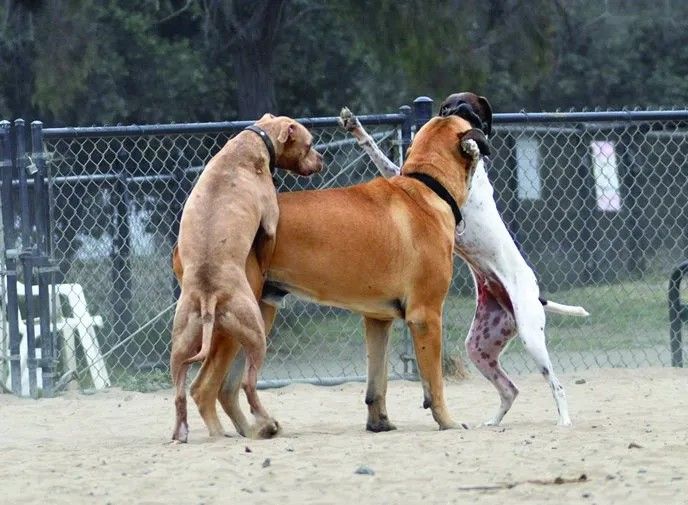
Credit: www.whole-dog-journal.com
Preparing Your Dog Before Arrival
Keep your dog’s vaccinations up-to-date. This protects against common diseases. Most dog parks require proof of vaccination before entry.
Teach your dog basic commandslike sit, stay, and come. These commands help keep control during greetings. Practice in quiet places first, then near distractions.
Know your dog’s social style. Some dogs are shy, others very playful. Watch how your dog reacts to other dogs at home or on walks. This helps predict how they will behave at the park.
First Impressions Matter
Entering the dog park calmly helps dogs feel safe and relaxed. Walk slowly and keep your dog close by your side. Avoid rushing in or pulling on the leash. This calm start sets a peaceful tone for greetings.
Before letting your dog off the leash, watch how other dogs act. Let your dog stay on the leash until you see friendly and calm dogs nearby. This helps prevent sudden fights or scares.
| Body Language | What It Means |
|---|---|
| Loose Tail Wag | Friendly and relaxed |
| Stiff Body | Tense or unsure |
| Play Bow | Inviting to play |
| Raised Hackles | Alert or stressed |
Watching these signs helps you know when dogs want to play or need space. Always keep an eye on your dog’s feelings and the others’. This way, greetings stay safe and fun.
Introducing Dogs Safely
Parallel walkinghelps dogs get used to each other safely. Walk dogs side by side with some space between. This keeps them calm and less nervous. It also stops quick face-to-face meetings that may cause fights.
Controlled sniffinglets dogs learn about each other slowly. Let dogs sniff briefly while keeping leashes loose. Watch how they react. If they stay calm, allow a bit more time. If they seem tense, separate them and try again later.
Watch for warning signslike growling, stiff bodies, or raised fur. These signs show discomfort or fear. Step in quickly and separate dogs before any fight starts. Always stay calm and use a gentle voice to soothe your dog.
Managing Interactions To Prevent Scuffles
Watch dogs closelyas soon as they meet. Quick action stops fights early. Step in if you see tension rising. Calmly separate dogs if growling or stiff body shows. Use a calm voice to redirect attention away from aggression.
Offer toys or treats to distract and change mood. Praise dogs for gentle play and friendly moves. Encourage games that keep dogs moving and happy. Keep greetings short and simple at first. Let dogs sniff softly and move freely.
| Action | How It Helps |
|---|---|
| Intervene early | Stops fights before they start |
| Redirect aggression | Focuses energy on toys or commands |
| Encourage positive play | Builds good habits and friendships |
Post-playtime Care
After playtime, help your dog cool downslowly. Offer fresh water and find a quiet spot. Avoid sudden stops to prevent injury. Let your dog walk calmly for a few minutes.
Check your dog carefully for any scratches, cuts, or swelling. Look between paws and ears too. Small injuries can get worse if ignored. If you find anything serious, contact a vet.
Praise your dog for good behaviorduring the park visit. Use gentle words and treats to encourage calmness. This helps your dog learn how to act well next time. A calm ending makes future visits easier.
When To Seek Professional Help
Persistent aggressionis a sign to get help from experts. Dogs that growl, snap, or lunge often need more than basic training. This behavior can be dangerous to other dogs and people. Watch for stiff body language and repeated fights. These are clear signals that professional help is needed.
Trainers and behavioristsknow how to handle tough cases. They use special techniques to teach dogs calm greetings. Working with a professional helps keep parks safe. They also guide owners on how to support their dogs at home.
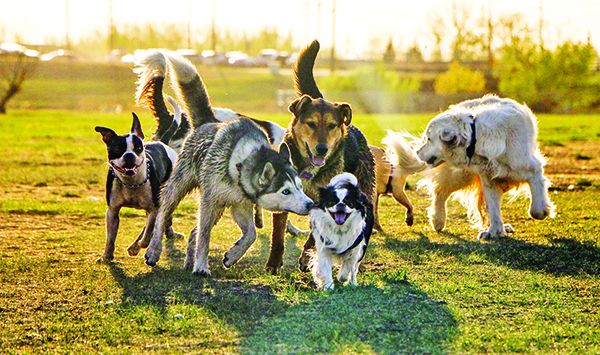
Credit: www.whole-dog-journal.com
Frequently Asked Questions
How To Prepare My Dog For First Greetings At Dog Parks?
Start by socializing your dog gradually with calm dogs. Practice basic commands like “sit” and “stay. ” Visit dog parks during quiet hours to observe and control greetings.
What Signs Indicate A Dog Is Ready For Park Greetings?
Look for relaxed body language, wagging tail, and playful behavior. Avoid greetings if your dog shows stiff posture or growling, as these may lead to scuffles.
How Can I Prevent Scuffles During First Dog Park Meetings?
Keep initial greetings short and on leash. Monitor both dogs closely and separate them if tension rises. Reward calm behavior to encourage positive interactions.
When Should I Intervene In My Dog’s Park Greeting?
Intervene if you see aggressive postures, growling, or snapping. Early interruption prevents escalation. Use a calm voice and leash control to separate dogs safely.
Conclusion
Managing first greetings at dog parks helps keep dogs safe and happy. Stay calm and watch your dog closely. Let dogs greet each other slowly and respectfully. Interrupt any signs of tension right away. Clear rules and patience make meetings easier.
Each dog is different; learn their limits. Good greetings build trust and prevent fights. Enjoy your time at the park with peace of mind. Careful introductions lead to better dog friendships. Keep trying and stay positive for best results.



